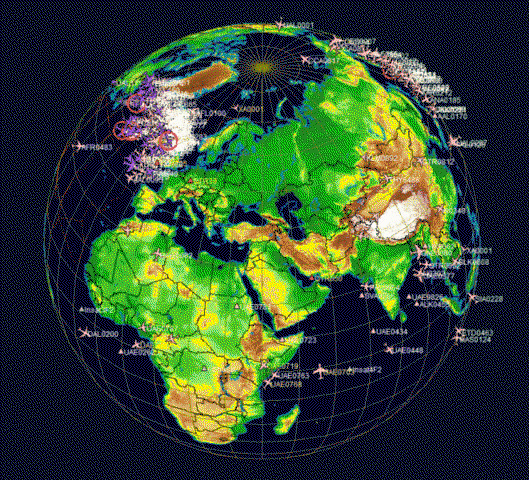A bit off topic , but as we are talking about inclined satellites ....the video above is from 2004.
I created it using telescope and webcam to demonstrate to Eutelsat what happened to their 13 east fleet during eclipse .
This happened during the Sun Outage period , when the shadow of the earth passed in front of the satellites, so for a short period they lost
solar power.
More important though is the fact they they are moving around.
Just before going into eclipse the satellites flare as the sunlight reflects off their solar panels...then they disappear for a few minutes until they acquire the Sun again.
We tend to think of Geosats as just that...geostationary...however even though they are closely controlled , they meander in space within a 100km control cube.
The Hotbirds were not inclined at the time of the capture , so , you can imagine how much the 1 or 2 degree inclined birds
move around....!
The streaks in the video are star trails created by the spin of the earth.
Best wishes
John



